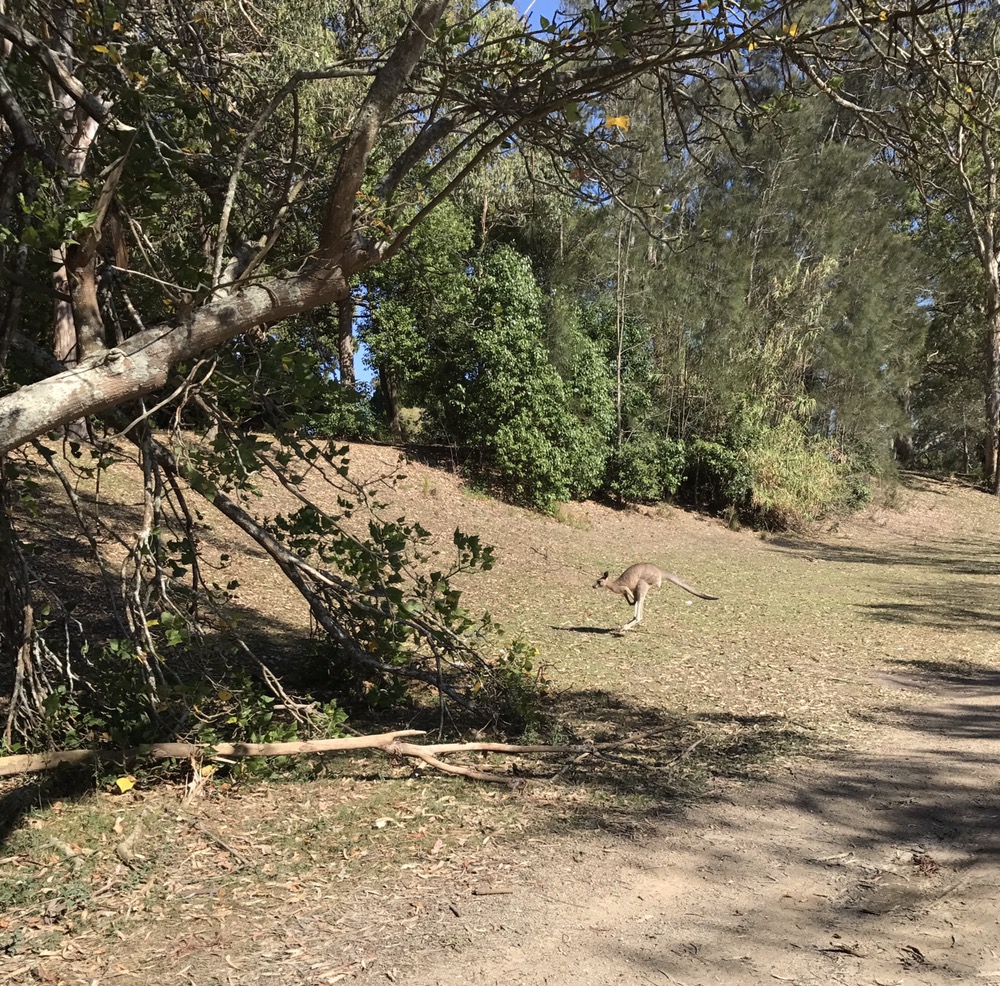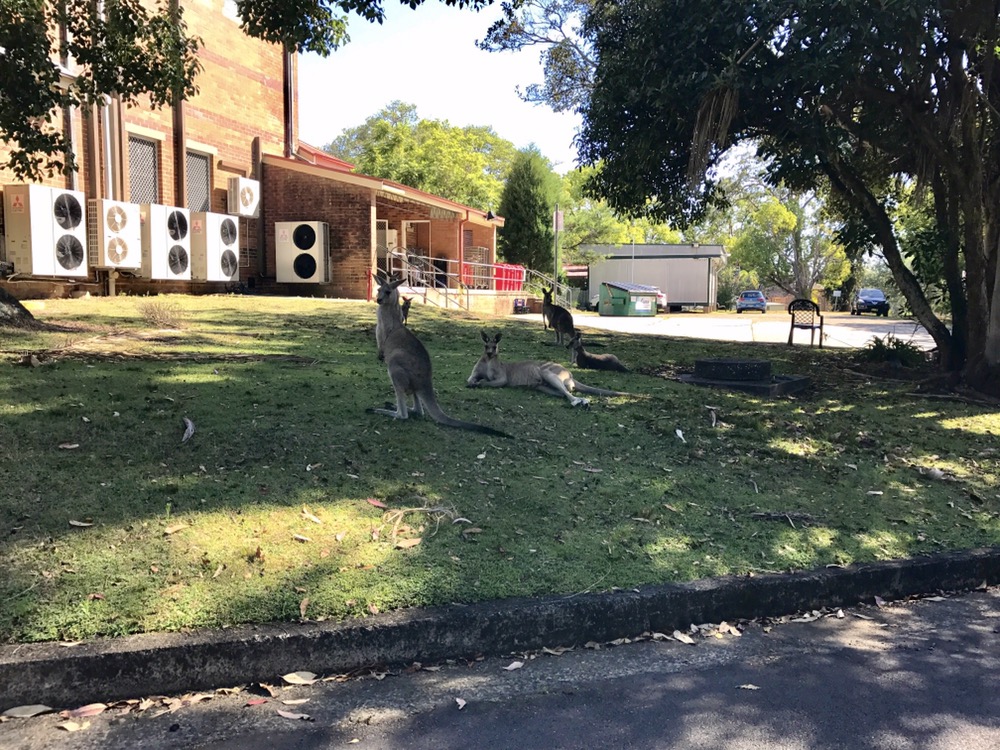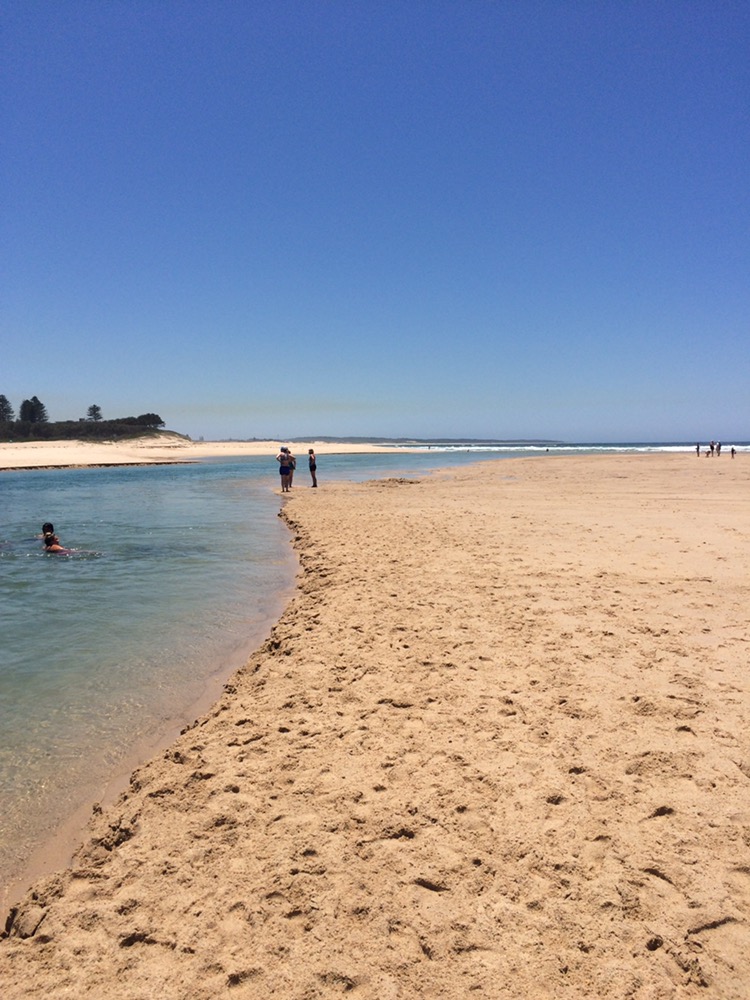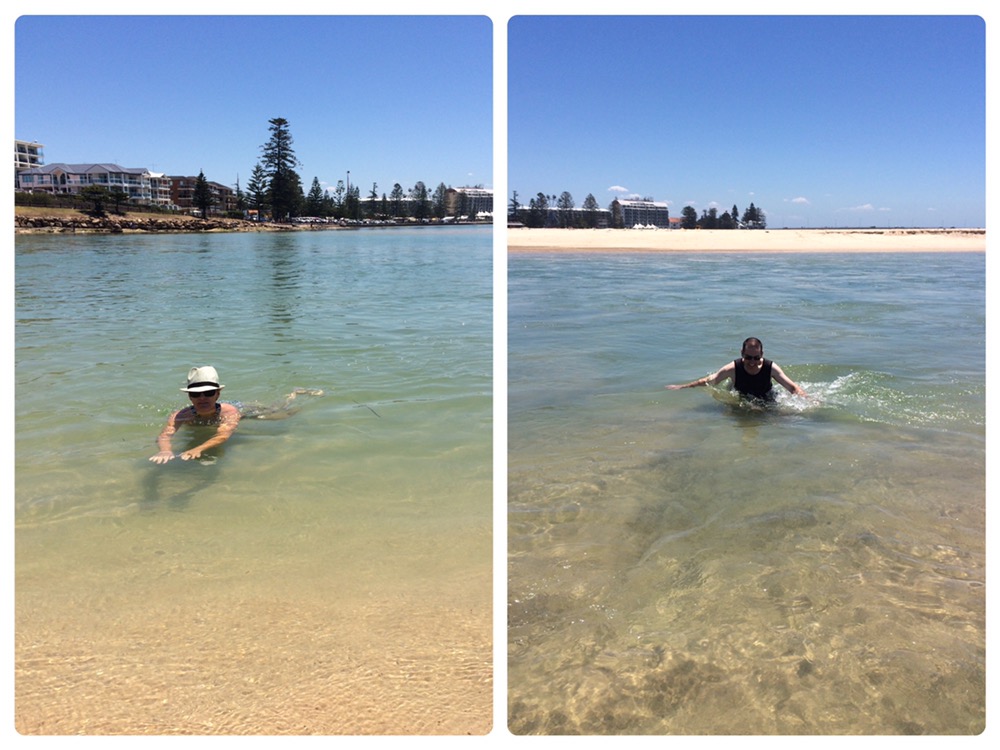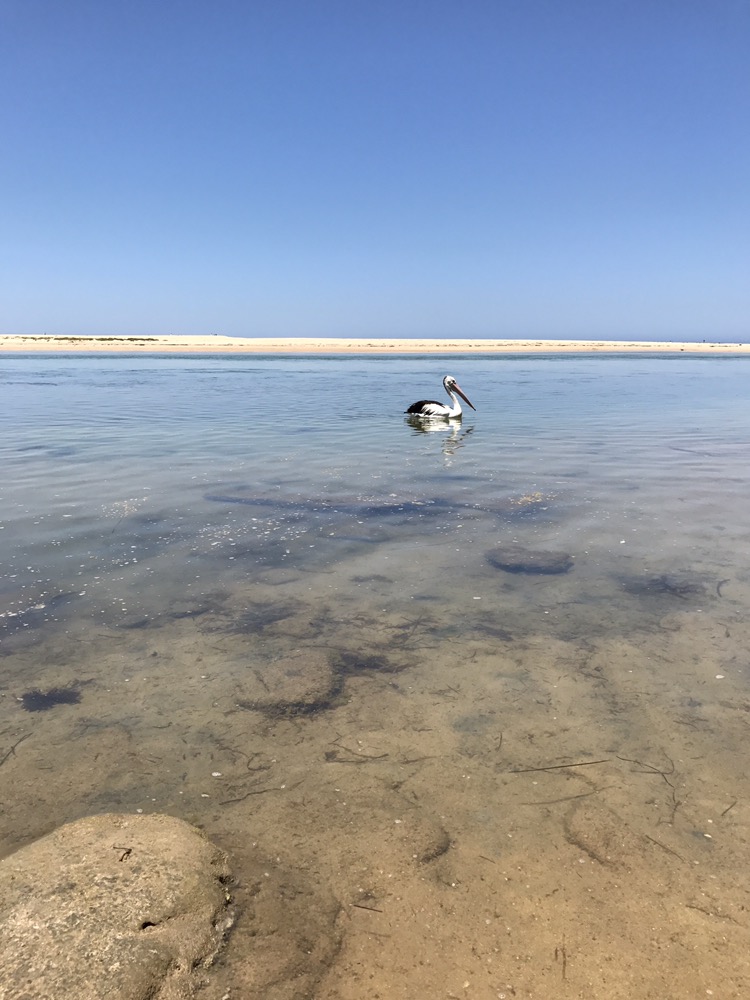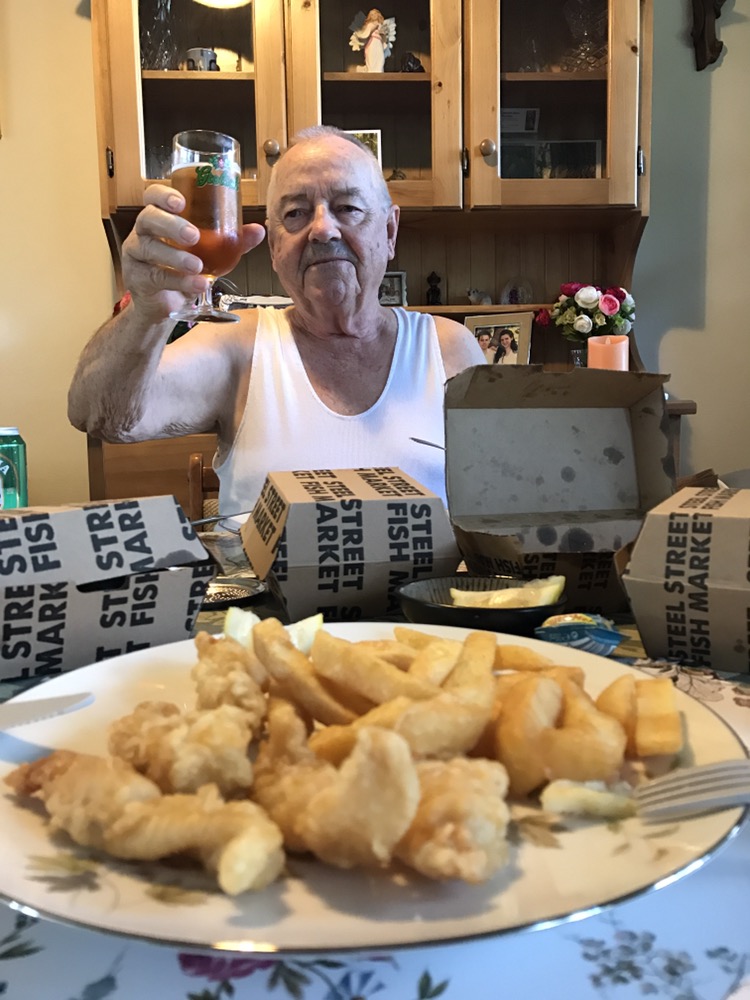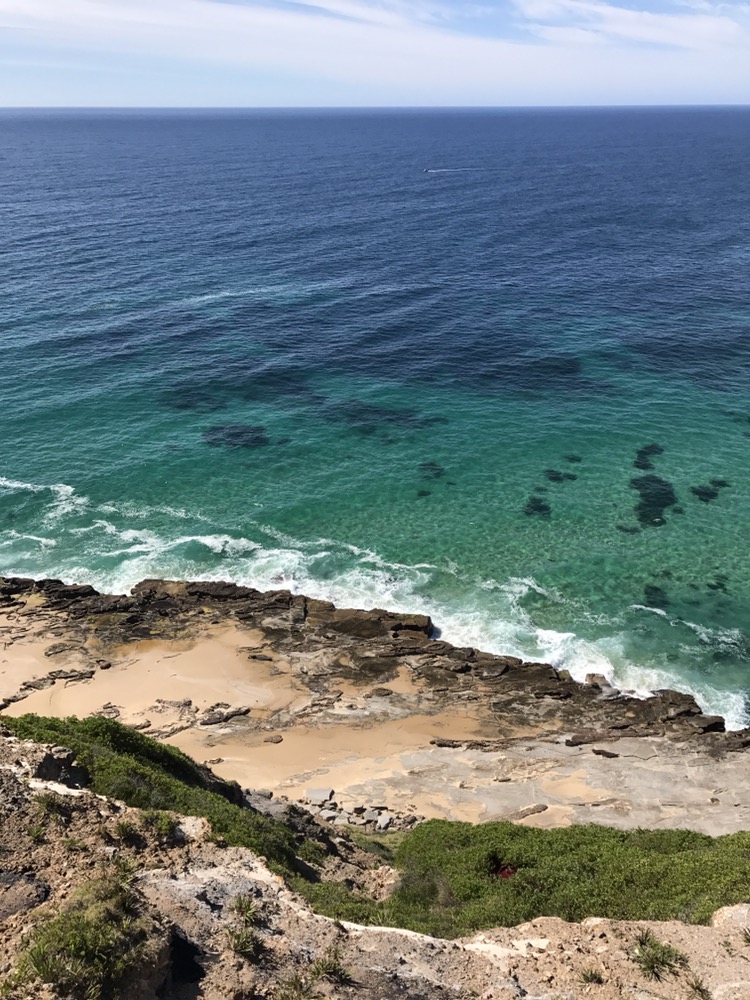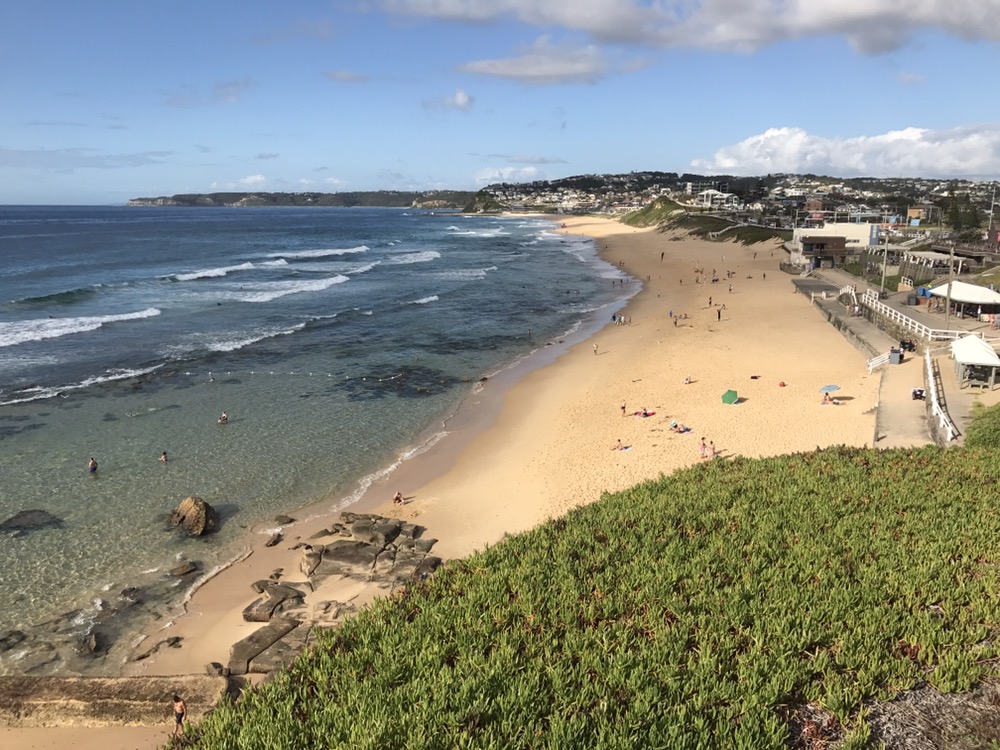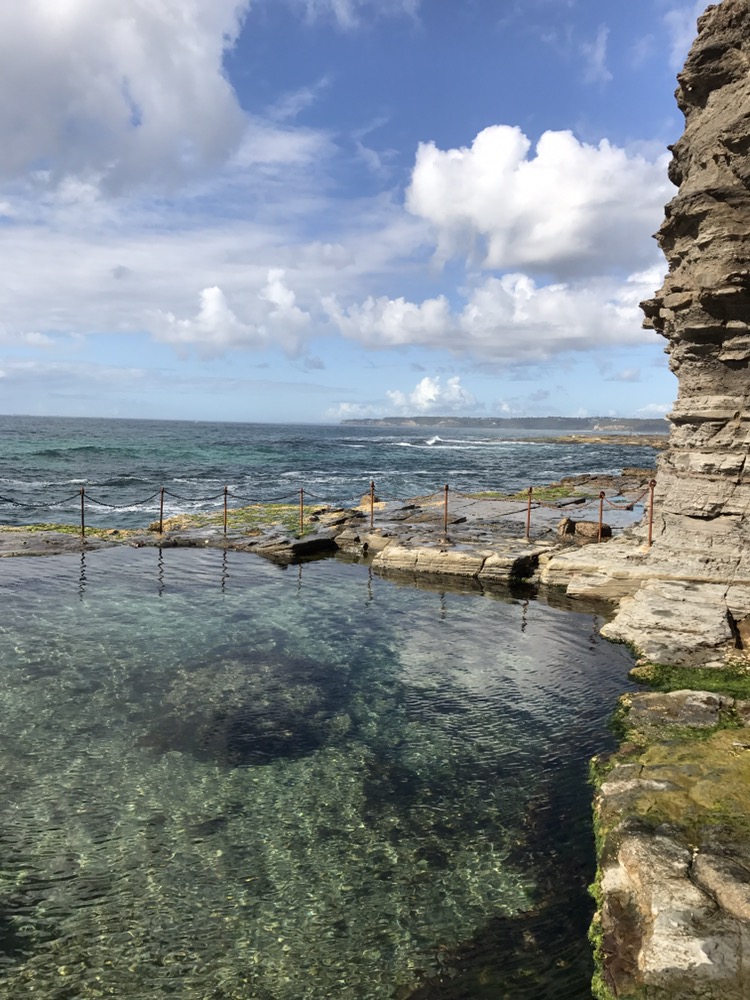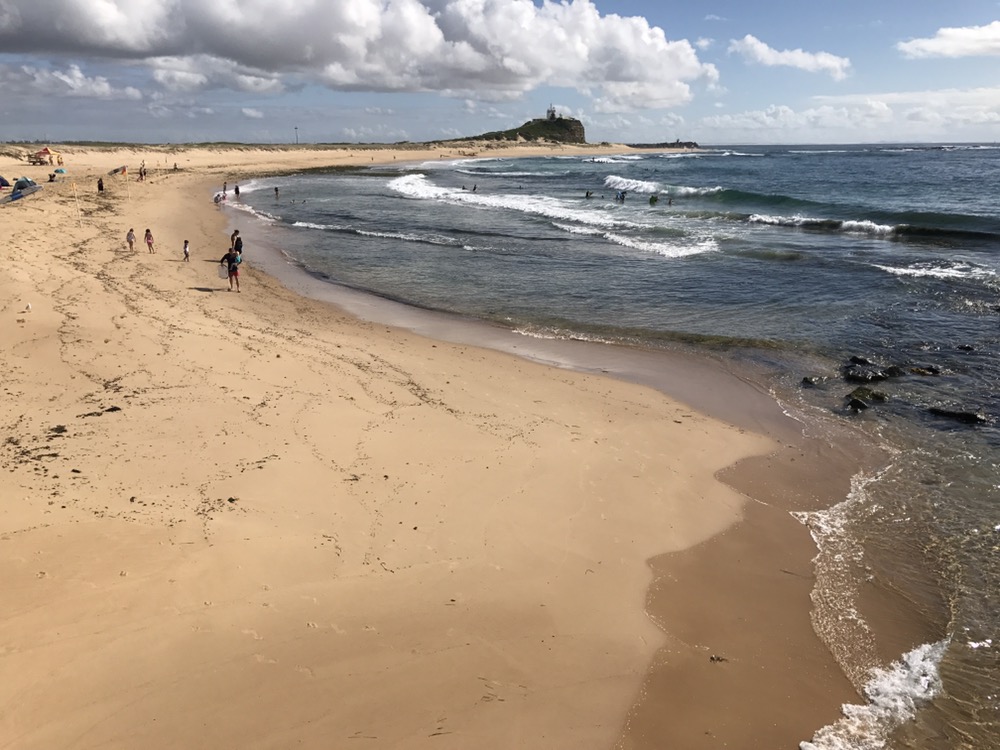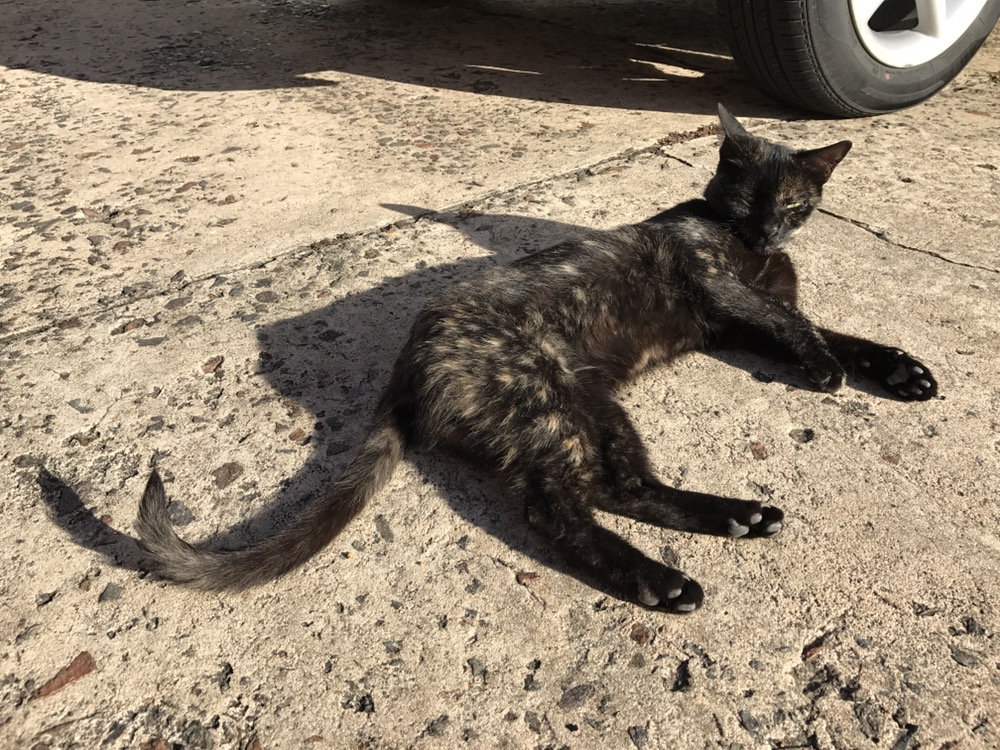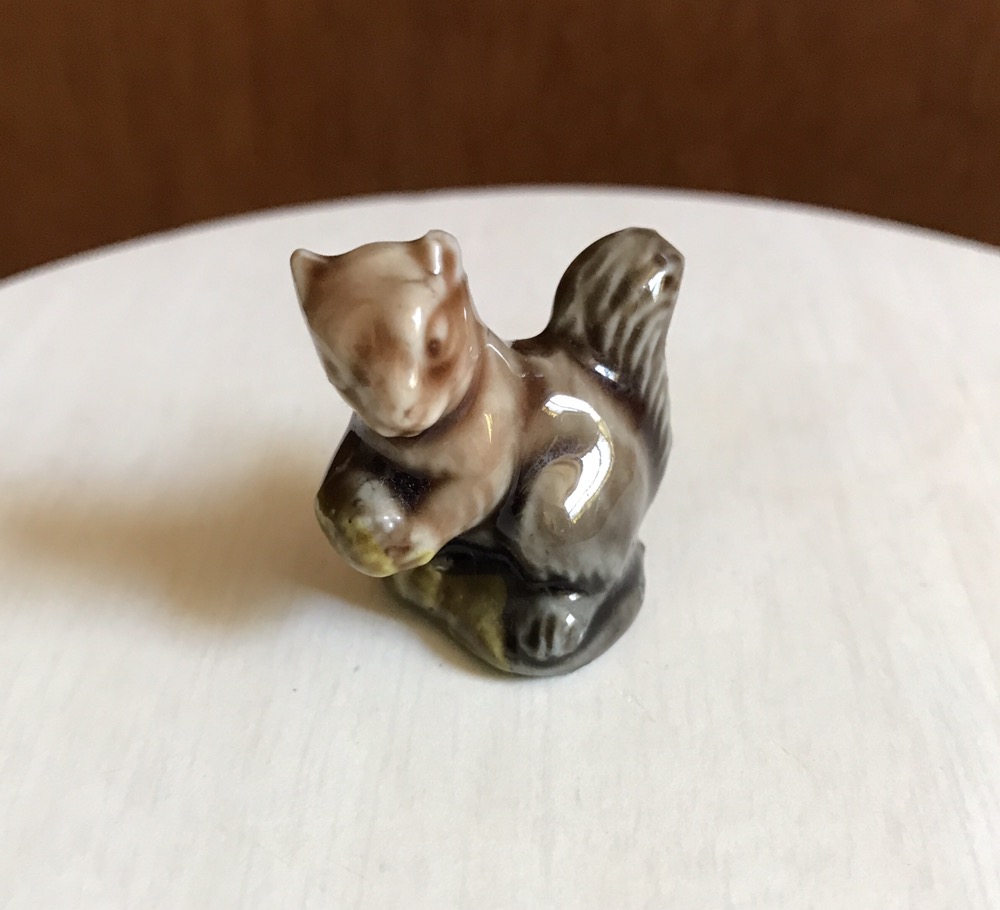Yesterday Sue and I visited the grounds of a mental hospital in Morisset, a community on the western shores of Lake Macquarie. We did this because it is famous for herds of wild kangaroos, and indeed we saw hordes of them!
I found it a profoundly disturbing place to visit. While the psychiatric hospital is still there, it’s a shadow of what it once was and many of the buildings are boarded up, vandalized and deteriorating. It’s also eerily quiet, since it is far from major roads and deep in the bush right on the shore of the lake. Amidst this quiet and partially abandoned compound live many kangaroos, with seemingly little fear of curious visitors. We drove so close to some I felt I could touch them, and a couple of the males even monstered us as we approached.
After a tip I had read online I had two bananas with me, but the roo I tossed one too only hopped away. They didn’t seem afraid of us, because they knew we were just others in a long line of visitors to their compound, and we’d soon leave the park to them as we drove away like all before us.
That’s Sue and me at The Entrance, which is point at which Tuggerah Lake meets the Pacific Ocean.
We stopped to see pelicans, but the tide was going out and the lake water was rushing out to sea with such force that it was fun just to drift along with the flow.
The water was lovely and the day warm. However despite my attempts to keep the worst of the sun off me, I sit here now writing the blog with some painful sunburn 🙂
In the end we barely saw any pelicans until this guy graced us with his presence just as we were leaving:
It was a good day. My sore throat may be worse, my sunburn agonizing, and my skeleto-muscular system pushed to breaking point, but days like yesterday are why I love these trips!
